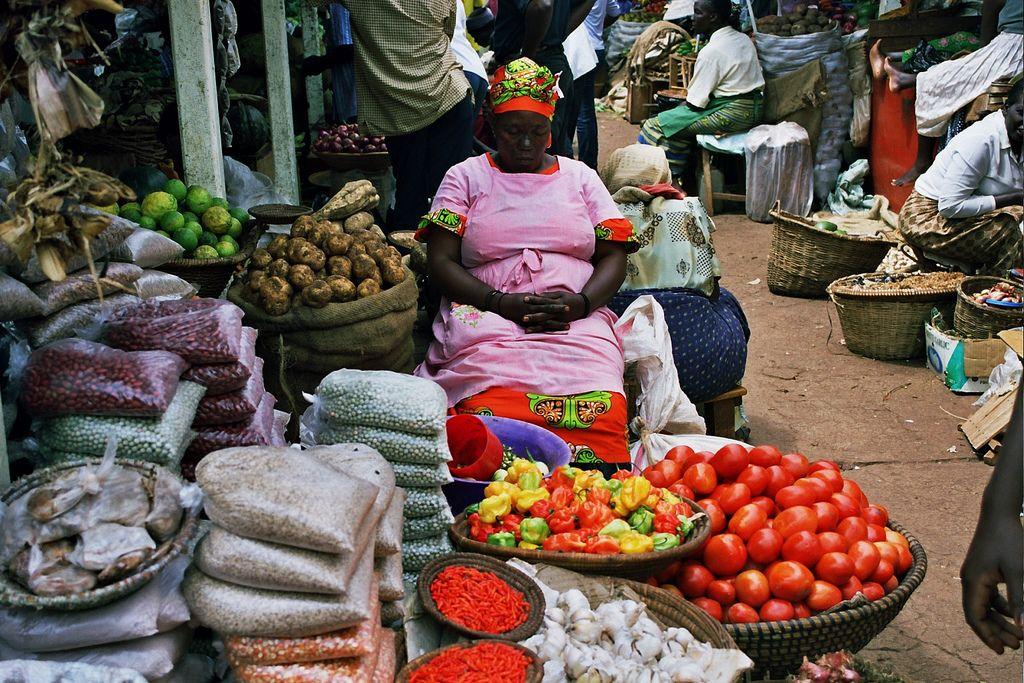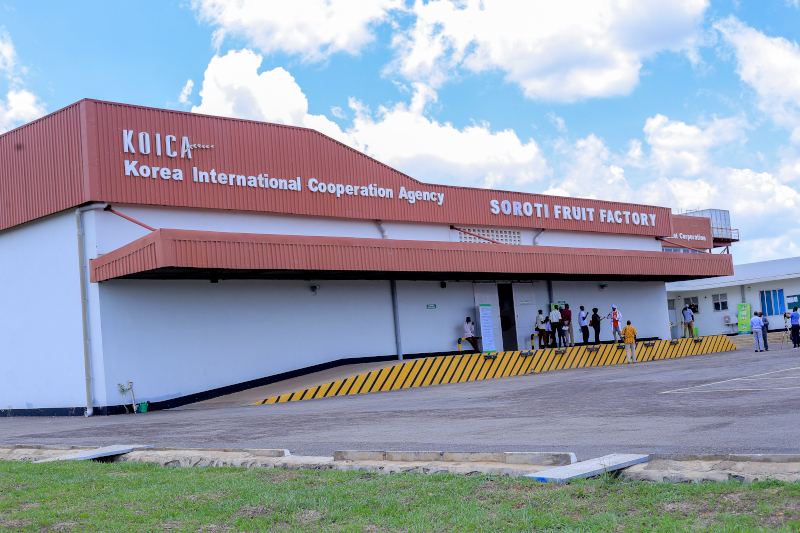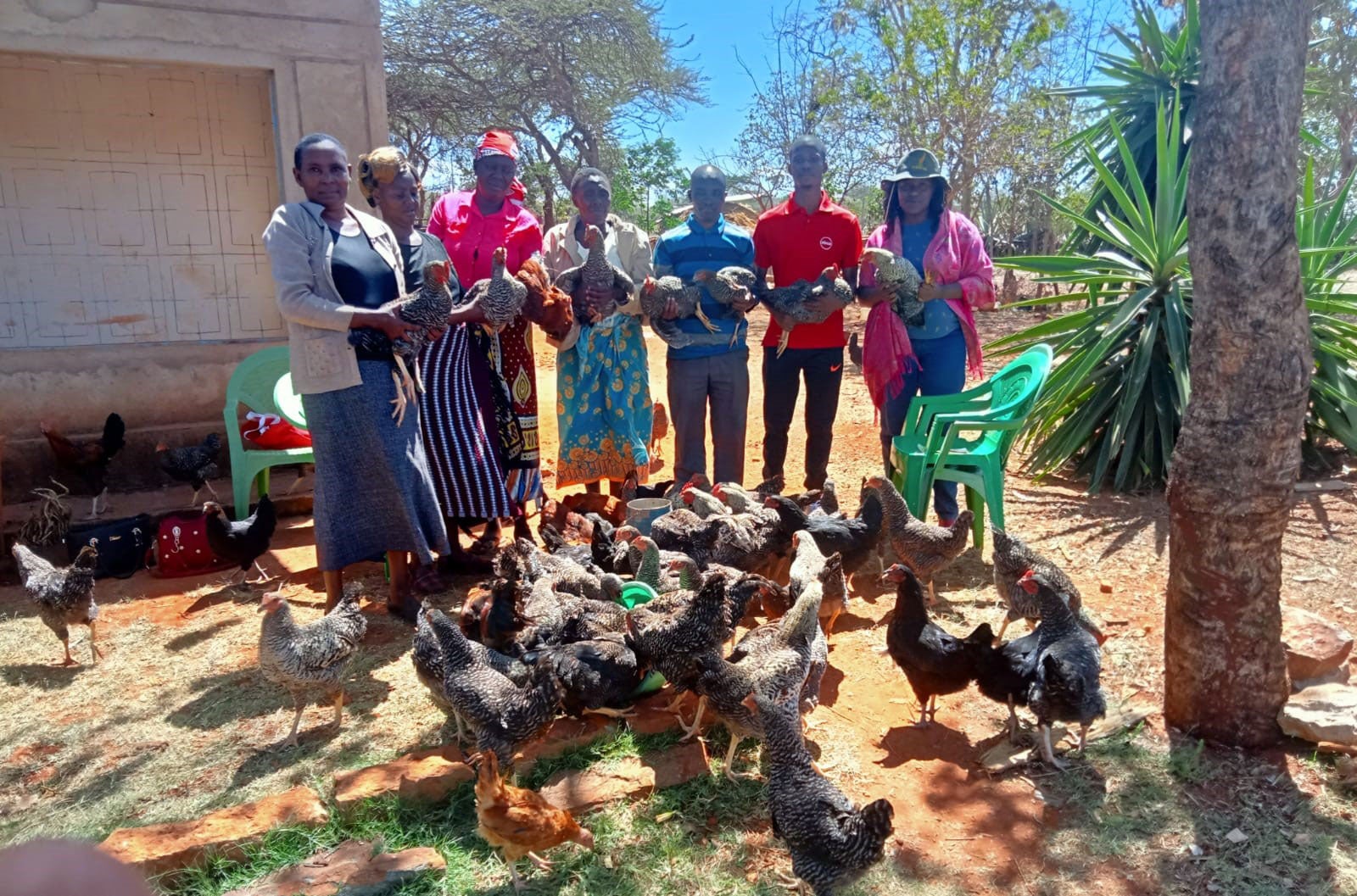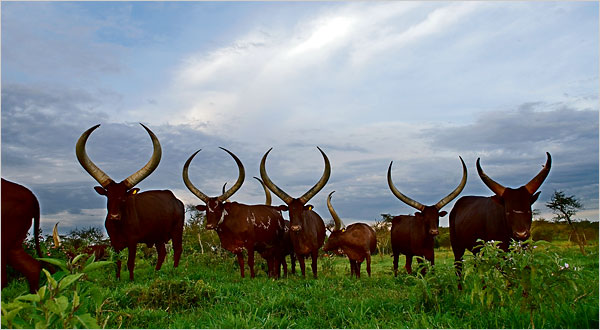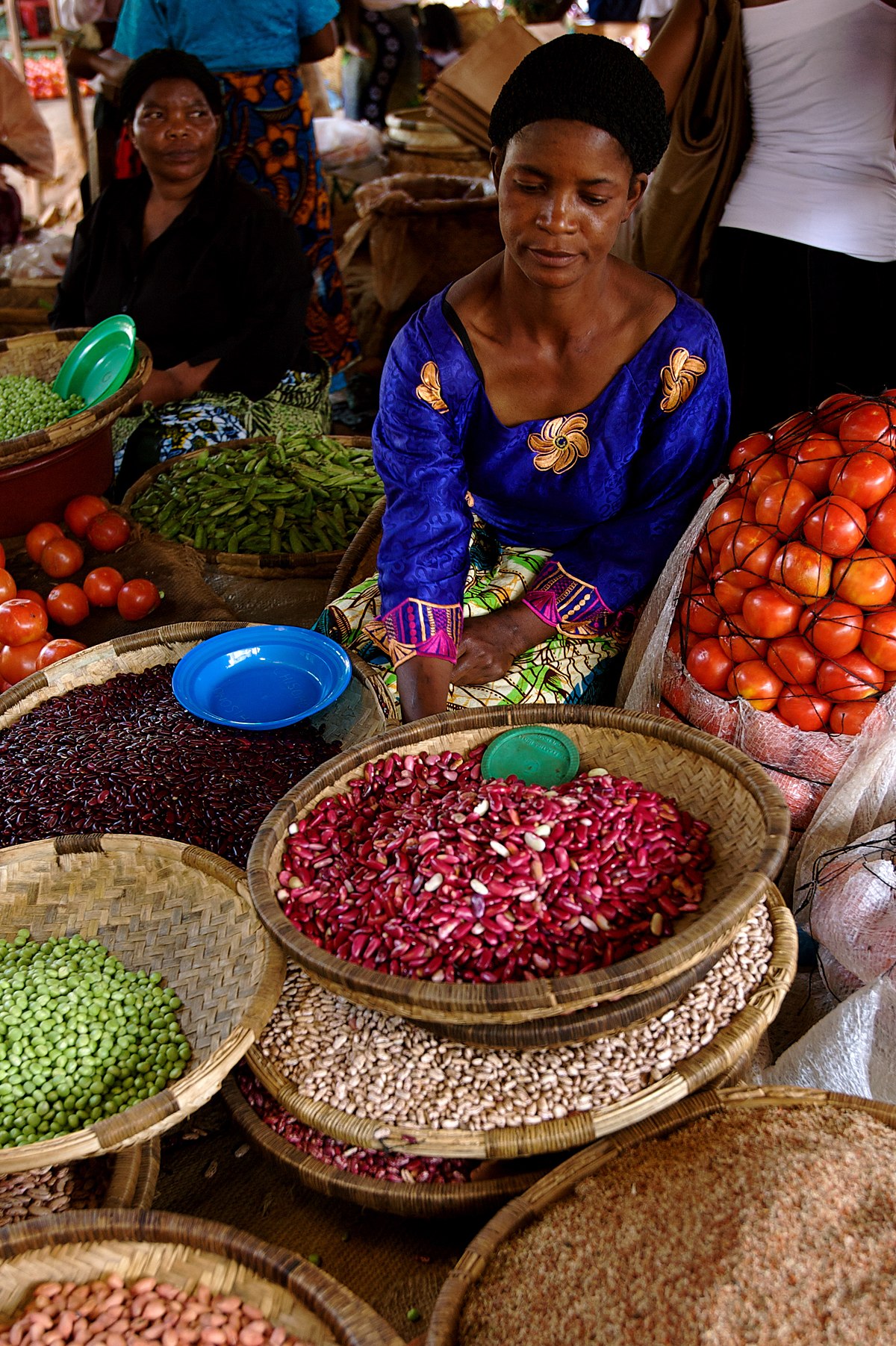Highlights:
- Abundant Harvest Drives Down Food Prices in East Africa
- EAC Region Benefits from Bumper Crop
- Food Prices Drop
In recent news, reduced food prices in the East African Community (EAC) region are attributed to a bumper harvest that occurred in most member countries. The only exception is Ethiopia, where food prices remain high during the ongoing harvest season.
East Africans can expect a stable food supply in the coming months thanks to the decrease in food prices across the region. These findings are based on the Monthly Food Security Monitor, a report compiled by AGRA Africa with support from the Bill and Melinda Gates Foundation, Reockeflla Foundation, UKAID, and USAID. This report is essential for providing data to key stakeholders for making informed decisions.
The report, released on Monday, reveals that in Uganda, the prices of beans and maize remained lower in August compared to previous months due to increased food stocks resulting from the recent harvest. Prices of maize in August were lower than what was recorded in the past 1-12 months, and similarly, prices of beans were lower compared to the past 1-3 months. According to the report, prices are likely to remain stable for the next 3 to 6 months for both beans and maize.
In South Sudan, food prices remained low in the previous month due to the onset of their harvest. However, compared to July, maize prices increased in Gogrial and Wau by 33.33% and 5.01%, respectively, while sorghum prices increased by 7.01% and 5.01% in Rumbek and Wau, respectively. These price increases, which are higher than the prices in the last 3-12 months, can be attributed to various factors, including conflicts, poor macroeconomic conditions, an influx of returned refugees, and poor harvests.
In Tanzania, prices of food commodities continue to remain lower than before due to available food stocks from the recent harvest. However, the prices of beans have slightly increased by 1.87% and 2.7% in Dodoma and Moshi, while maize prices have risen by 41.18% in Dodoma. Rice also experienced a slight increase in Arusha and Moshi by 3.41% and 2.36%, respectively, as indicated in the food security monitor report.
For Rwanda, prices of food commodities in August followed a lower trend, primarily due to the availability of household food stocks from the ongoing Season C harvest. Compared to July, prices of beans and maize were only higher in Mugera at 10.64% and 6.93%, respectively, while sorghum prices were only higher in Kabuga by 8.64%.
In Kenya, food commodity prices are showing lower trends compared to previous months. However, compared to August, the prices of arrowroot, beans (Wairimu variety), maize, rice, white Irish potato, and white sorghum have experienced price increases. Notably, arrowroot (mayuni), white Irish potato, and white sorghum have seen significant increases by 37.14%, 22.88%, and 25.06%, respectively. These price increases can be attributed to low market availability following successive below-average production seasons, as well as increases in fuel prices of between 9 to 20%, driven by higher landing costs of fuel, increases in value-added tax, and the removal of subsidies on petroleum products.

